NFTs Explained: Everything You Need to Know About Non-Fungible Tokens
As always, we’ve been working hard behind the scenes to welcome more artists into the Bluethumb family and help more artists go full-time! Bluethumb Digital, our new curated marketplace for NFTs, showcasing the best of Australia’s thriving digital art scene, is launching next month and will feature some of Australia’s best NFT artists (such as Marble Mannequin, whose video NFT artwork Queensland’s Escape is featured below) along with Bluethumb favourites branching out.
Don’t worry. Over the next few weeks we’ll be helping our community understand the world of NFTs more, starting with the most pressing questions:
- Why is Bluethumb going into NFTs?
- What is an NFT?
- How does this Work? Blockchain Technology
- What’s the difference between digital art and an NFT?
- How are NFTs minted?
- How do I buy NFTs?
- What is a whitelist?
- Concerns about the environmental impact of NFTs
View this post on Instagram
1. Why is Bluethumb going into NFTs?
Throughout our 10 years of supporting Australian artists, Bluethumb has led the way to make selling and collecting art as accessible as possible. We’ve decided to take the next step in our journey with Bluethumb Digital, an NFT platform for Aussie digital artists.
“For years we’ve wanted to add digital art to Bluethumb,” says Co-Founder George Hartley. “Some of the most interesting new art in the last few years has been in digital and video and we actually have hundreds of artists already on Bluethumb who do some digital work. The problem is we haven’t been able to work out how to sell it and now NFTs have solved that for us (more on this point below).
“The explosion of NFTs in the last 18 months has been amazing to watch. OpenSea didn’t exist as a company two years ago. It is now the world’s largest art company by sales. There are obvious questions with the fast rise of NFTs around how much is driven by speculation and how much is collectors. But having been a crypto-user since 2015 and having started to collect NFTs last year, with the joy of collecting and discovering brilliant new digital art and the explosion of amazing new talent, I’m confident that NFTs will make up an important part of contemporary art going forward.
“Whenever we plan something new for Bluethumb the only question is: does this benefit our artists? Bluethumb Digital does and will into the future. I’m excited about the new art that we will be introducing to our collecting community.”
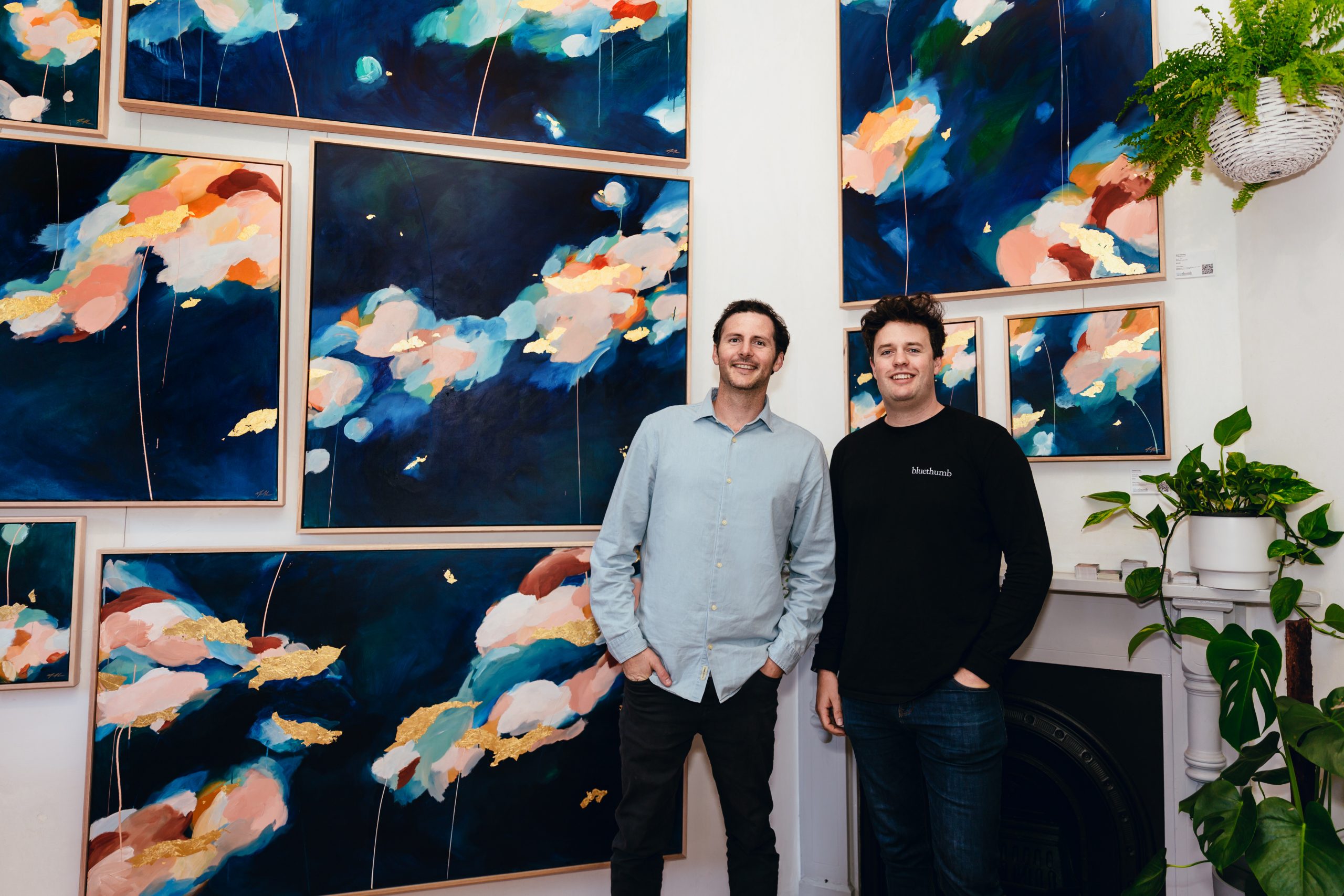
Bluethumb Co-Founders Ed & George Hartley are no strangers to pivoting and staying at the forefront of the Australian art scene.
As Bluethumb has done for traditional art, Bluethumb Digital will make collecting NFT art easier than ever so everyone’s invited along for the ride. You won’t need to be a crypto-millionaire!
And of course we’ll continue to be Australia’s number one destination for all art and artists.
2. What is an NFT?
NFTs or non-fungible tokens are things used to symbolise the possession of unique items. In art world terminology you can think of them a bit like a certificate of authenticity that serves as provenance and proof of ownership. Unique – or non-fungible – refers to assets which have distinctive characteristics, and therefore do not have equivalent substitutes.
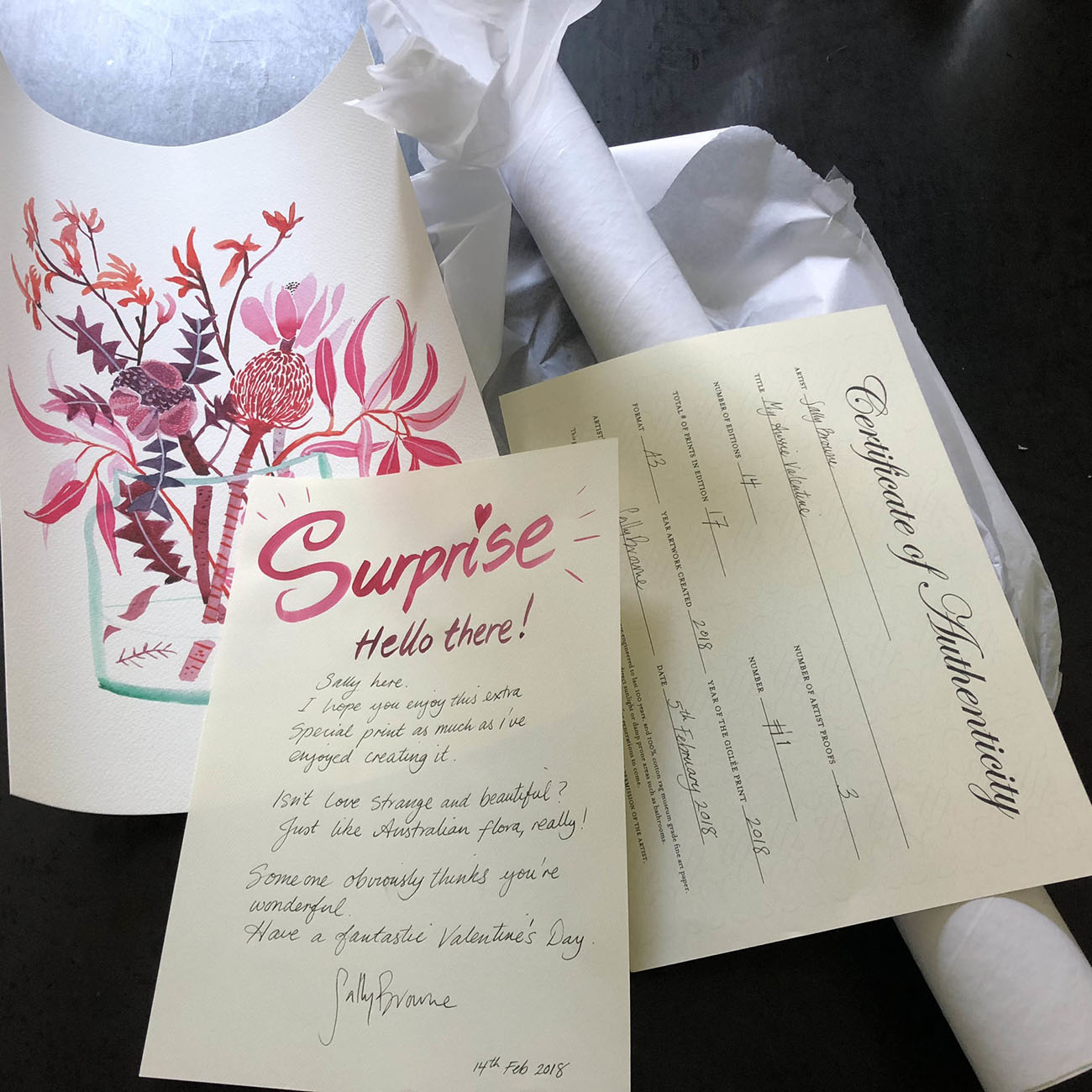
Think of NFTs like the certificate of authenticity that comes with your digital artwork.
To understand the mechanics behind NFTs or non-fungible tokens, it’s good to get an idea of how cryptocurrencies work. Simply put, these are various digital currencies that utilise cryptography as a sort of complex security code. Unlike dollars or cents, cryptocurrencies are not maintained or issued by a single entity, for example a bank, but rather, their value is overseen and maintained by users (a decentralised network).
3. How does this work? Blockchain technology.
Blockchain is not a cryptocurrency. Blockchain is the tech and often described as a public ledger. Blockchain technology acts as a record of transactions, each created and added permanently in the form of “blocks”. Blockchain is characterised by the following attributes: 1) transparency, as transactions are publicly viewable in real-time and 2) security, due to the linear, chronological way data is stored, and transactions cannot be modified without the agreement of most users in the network. For people who want to do further reading, we recommend Investopedia’s article on Blockchain technology.
Some of the most popular cryptocurrencies today include Bitcoin, Ethereum, Binance, and Cardano. Fun fact: anything other than Bitcoin, the original cryptocurrency, is referred to as an alternative coin or altcoin (yes, this includes the much publicised dogecoin).
4. What is the difference between digital art and an NFT?
Digital art can be defined as art produced or shown via digital technology: for example, 3D animation, music files, scanned images and the like. What an NFT does is utilise blockchain technology to establish provenance of a digital artwork, or any other kind of digital asset in question – in other words, as previously mentioned, it acts as an electronic certificate of authenticity.
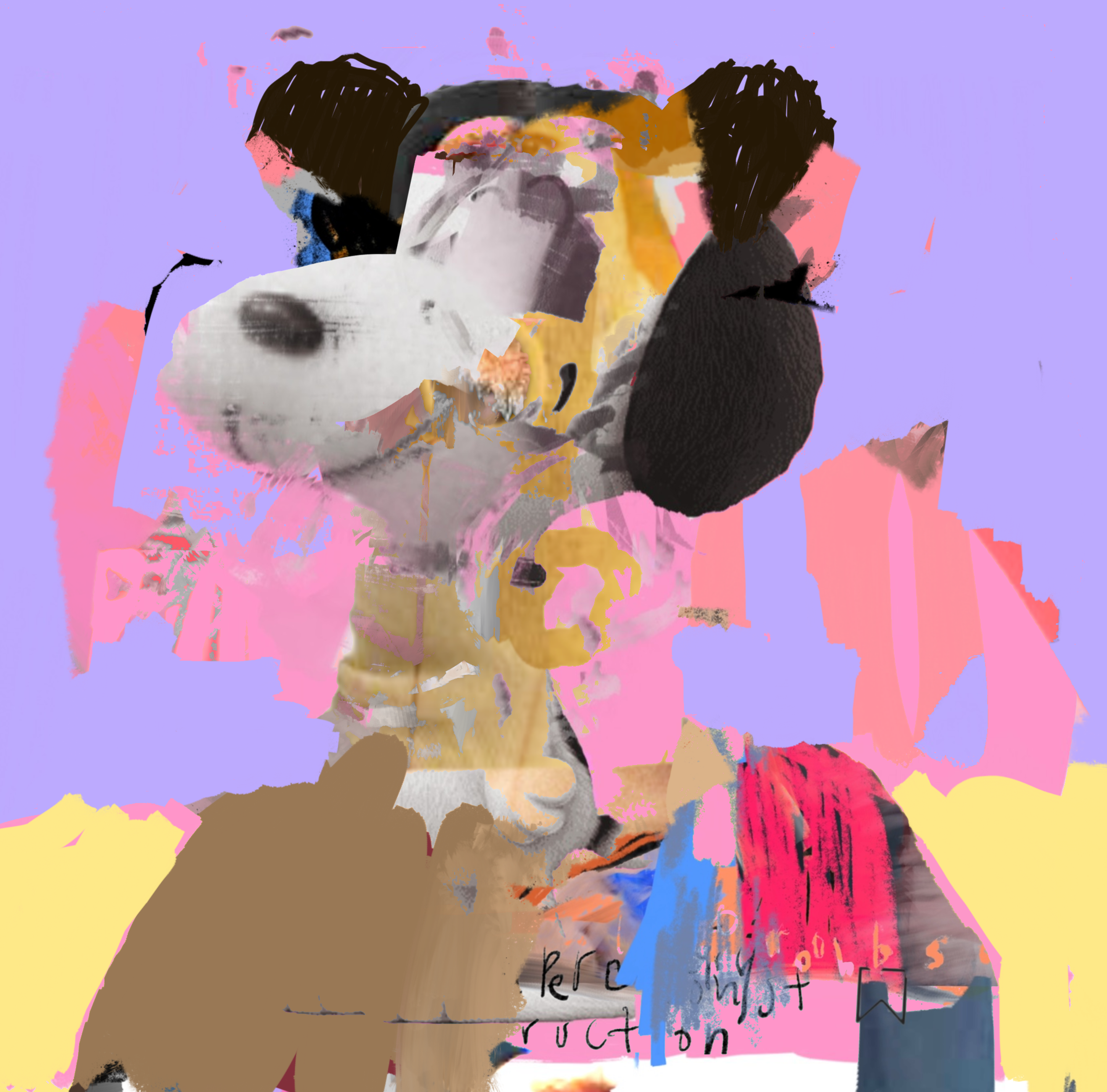
Digital Dogs by Brad Robson won the inaugural Digital Award in the Bluethumb Art Prize 2021. Although it’s digital art, it’s not an NFT as it doesn’t utilise blockchain technology to establish provenance and ownership. Instead, this artwork comes as a multiple edition print, signed and numbered by the artist and with a certificate of authenticity. NFTs offer a solution to digital ownership.
With the internet, multiple copies of the same file can exist at the same time, so why does this make sense? To use an analogy, artists on Bluethumb can choose to release reproduction prints or multiple editions of their artworks, but the idea is that only one numbered edition is in the hands of one owner at any one time. With digital art, it’s much more difficult to control how files are shared on the internet, as well as to truly stake one’s claim on said artwork. NFTs make it possible to own and sell digital art in a way that’s never been done before. Plus, everyone is able to see that you own it (e.g. bragging rights!). Yes, maybe someone else was able to download a copy of Snoop Dogg’s art, but it’s not authentic, and everyone can check it for themselves. Also, the cool part is that artists get royalties with each sale.
That takes us to the next section (which might get a little trippy): how are NFTs created?
5. How are NFTs created?
NFTs are added to the blockchain in a process called “minting”, which is commonly done on Ethereum (the second-largest cryptocurrency). This is a technical process that requires some coding and the deployment of smart contracts (those interested in minting themselves can check out this three-part tutorial on Ethereum). Essentially, these refer to an automated set of commands to execute the transaction. Otherwise, minting can be done through NFT platforms, such as Bluethumb Digital. Artists, we’ve got you!

Bluethumb Digital does the hard bit giving more Aussie artists the opportunity to explore the world of NFTs.
There are normally costs associated with platform minting, such as commission fees (much lower than the traditional art world) and a percentage of royalties, as well as “gas fees” (more on these below), the transaction fees needed to add the NFT to the blockchain. This is typically charged in the token or currency released by the specific blockchain. There are also methods of minting whereby buyers mint and pay gas fees at the point of sale.
Interestingly enough, NFT artwork files aren’t actually stored on the Blockchain, only the token or block is (the record or in other words the certificate of authenticity).
6. How do I buy NFTs?
To buy, store and even swap NFTs, you’ll need to have a crypto wallet for transferring cryptocurrency. A few types exist, but most people in the know recommend using digital wallets for security and ease of use. These should be compatible with the token or currency you’re looking to buy. For example, Metamask is recommended for its compatibility with most Ethereum-based NFT platforms, like Bluethumb Digital. You can also mint NFTs through Metamask for some platforms.
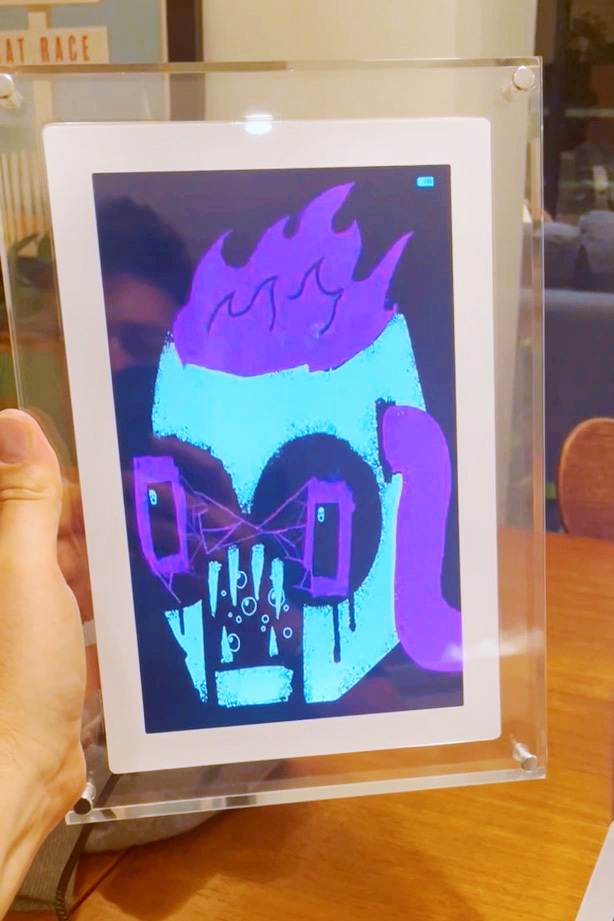
Our Co-Founder George owns an NFT by the highly collectable Xcopy. Bluethumb Digital will give collectors the option of adding on a digital frame when they purchase.
We’ll go more into payments in another article, but for the time being, just imagine a crypto wallet as a kind of digital banking app where you can log in and transact with many different platforms (or even in different currencies), as well as store a treasure trove of NFT art.
On Bluethumb Digital we’ll be accepting Metamask and we’re also working on easier payment options with credit card – so stay tuned!
7. What is a whitelist?
NFTs are usually released in drops – a bit like an exhibition opening. If you’re on the whitelist it means you get early access, like all the donors and VIPs who get to choose what they want at an exhibition before the rest of the public are let in. The good thing about NFT whitelists is that anybody can be on them. However, you have to have a wallet setup and provide an ETH address because being on the whitelist is a way of reducing the gas fees by limiting the number of people trying to buy the drop at the same time. This may all sound quite complicated but it’s not. You can set one up in 5 minutes using MetaMask (click here to set yours up).
8. Concerns about the environmental impact of NFTs
Much has been discussed about the environmental impact of NFTs – and even Elon Musk tweeted about how Tesla would no longer accept Bitcoin for payment. But why does this occur, and how does Bluethumb Digital fit into this?
Ethereum uses a concept called proof-of-work, where user consensus validates each transaction. Simply put, users or miners in the network receive an incentive – the gas fees – to complete and process each transaction via a complex mathematical puzzle. This requires significantly large amounts of energy and increases as more miners join the network.
The downside of this is, according to Ethereum, “proof-of-work consumes 73.2 TWh annually, the energy equivalent of a medium-sized country like Austria.” When site traffic is high then, it makes sense that miners would choose to prioritise transactions with higher fees, and more would join in the mining process, increasing the use of energy and environmental footprint of NFTs.
However, the good news is Ethereum is switching to a more environmentally sustainable operational system later this year. Coupled with an increasing number of environmentally friendly alternatives emerging, we are looking to transition to these in future drops and make Bluethumb Digital’s launch carbon neutral. We’ll detail more about that in a future post.
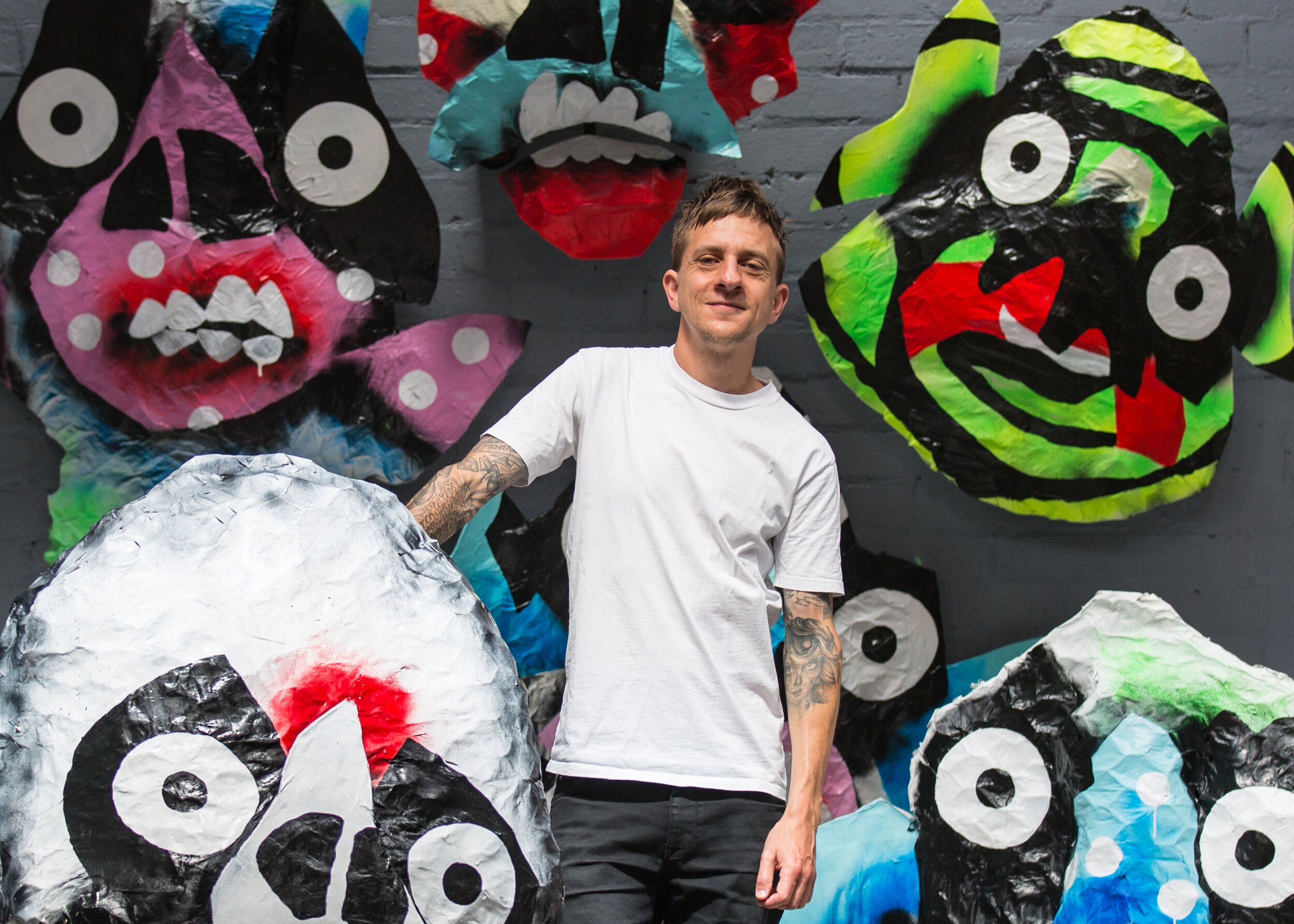
Street Artist Mysterious Al is joining our Genesis Drop. The Genesis Drop will be our first, and most important, collection, as any Genesis artwork held will give the owner priority access to future collector pieces in Bluethumb Digital drops.
We know with Bluethumb Digital there’s a lot to be excited about and a lot to digest. But don’t worry, you’re in good hands. Watch this space for more educational articles and updates!

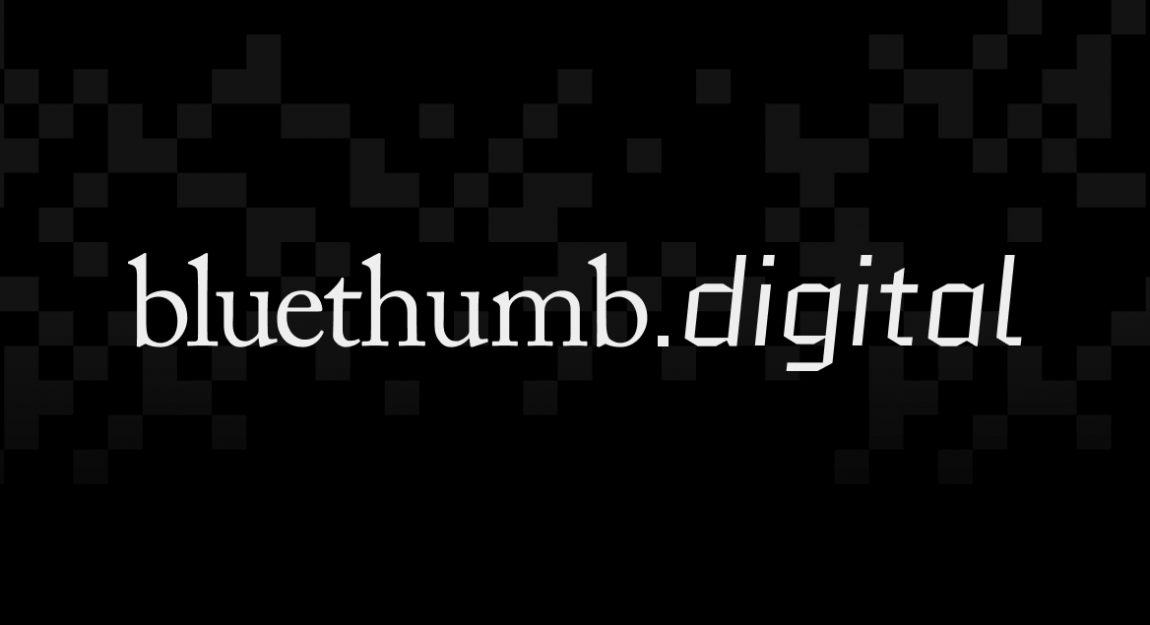
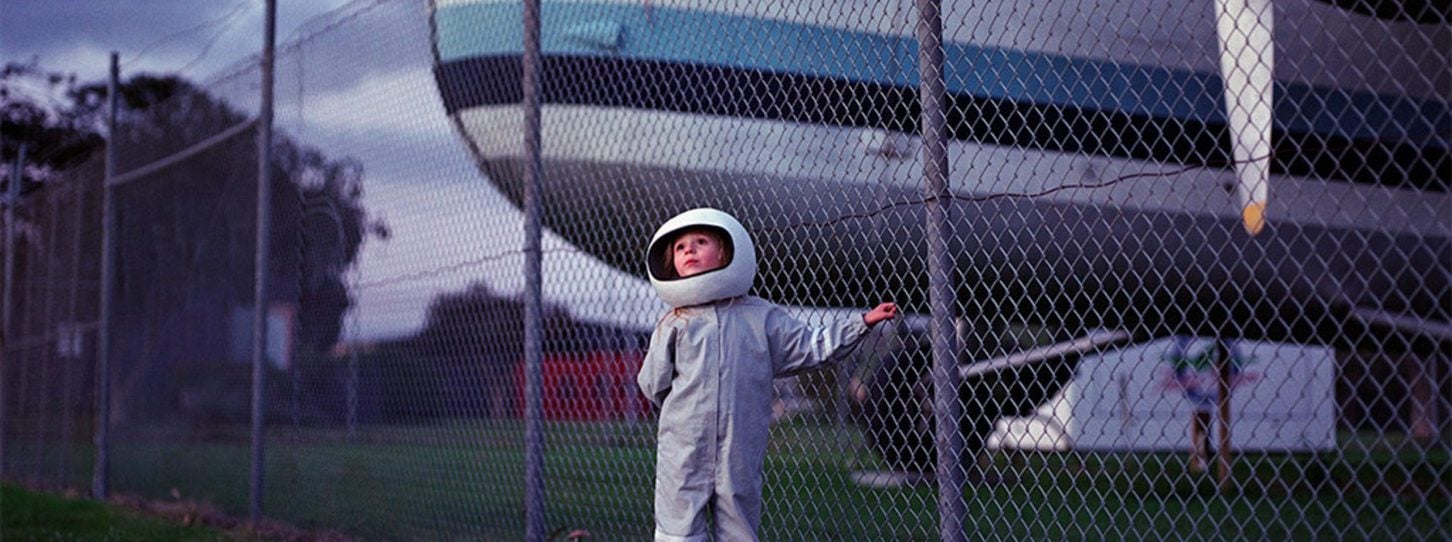
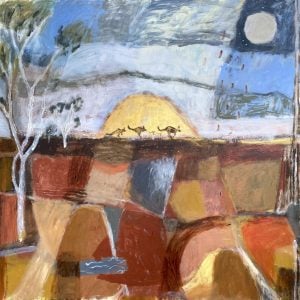

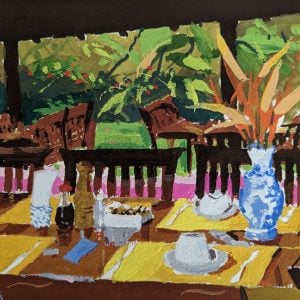
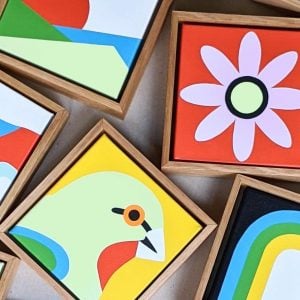







Exciting times ahead. Appreciate the info BT. Looking forward to the next update.
Love this! Have been exploring the world of NFT over the past few months and creating a digital collection based on my watercolour works. I am about to lunch it on Opensea, but now I am very excited to hear about Bluethumb digital!
Great initiative!
this is all very interesting. Im still one of those who find it hard to get my head around these concepts. Your information here goes a way to help that but I still have questions. As it happens yesterday I also found a useful article – https://www.lexology.com/library/detail.aspx?g=a2ec927c-346f-4133-907d-60a852187da2 – and in particular about the copyright of original works. I wonder if you can speak more about this aspect for us all as I’m sure it would be a big interest to all BT contributors since we are creators of our work and would be keen to understand copyright in all this. Have I got it correct – people who buy NFT’s are NOT buying the artwork but just the ‘digital key’ to access it? I’m also keen to know if, as the artist, we can still reproduce any work made that may end up as a NFT after the key is sold or is that work now off the table for everyone else no matter the medium it will be made in? What kind of conditions are usually attached to these NFT’s sales? Lastly, considering the current news of Bitcoin and its downward trend at present, can people buy NFT’s with regular dollars? Thanks for your interest – and my string of questions. this really is a difficult concept to understand.. I’m interested in this artform but not if its about needing [gambling]money to buy Bitcoin first. Is that a myth too?.. ha.. more questions.. cheers! Wendy
Hi Wendy,
Thanks for your questions! Some platforms partner with credit card providers so you can buy NFTs (e.g. via Mastercard and Moonpay, or having those funds converted into crypto at checkout), but at the moment most NFTs are still bought using cryptocurrency. We’re also working on easier payment options for the launch and will do our best to address your questions in a future post, so stay tuned!
Best,
Claire
Sign me up … the future looks to be fun . I like that artist get some royalties when these NFT as bought and sold in the future . If I’m not mistaken you could sell one cheaply and if it appreciates in value you can get future royalties- love to find out more about how that works . Hapi
This is great. Can’t wait to hear more about this.
Love this! Great for Bluethumb to be at the front of this advancement for artists in Australia!
[…] Digital will make collecting NFT art easier than ever with the aim of demystifying the scene with easy to understand comms and simple payment methods using soft wallet technology (you can pay by credit card). Collectors […]
[…] Digital will make collecting NFT art easier than ever with the aim of demystifying the scene with easy to understand comms and simple payment methods using soft wallet technology (you can pay by credit card). Collectors […]
[…] Digital will make collecting NFT art easier than ever with the aim of demystifying the scene with easy to understand comms and simple payment methods using soft wallet technology (you can pay by credit card). Collectors […]
[…] Digital will make collecting NFT art easier than ever with the aim of demystifying the scene with easy to understand comms and simple payment methods using soft wallet technology (you can pay by credit card). Collectors […]
[…] Digital will make collecting NFT art easier than ever with the aim of demystifying the scene with easy to understand comms and simple payment methods using soft wallet technology (you can pay by credit card). Collectors […]
[…] Digital will make collecting NFT art easier than ever with the aim of demystifying the scene with easy to understand comms and simple payment methods using soft wallet technology (you can pay by credit card). Collectors […]
[…] Digital will make collecting NFT art easier than ever with the aim of demystifying the scene with easy to understand comms and simple payment methods using soft wallet technology (you can pay by credit card). Collectors […]
[…] la collecte d’art NFT plus facile que jamais dans le but de démystifier la scène avec communications faciles à comprendre et des méthodes de paiement simples qui utilisent la technologie du portefeuille souple (vous […]
[…] Digital will make collecting NFT art easier than ever with the aim of demystifying the scene with easy to understand comms and simple payment methods using soft wallet technology (you can pay by credit card). Collectors […]
[…] Digital will make collecting NFT art easier than ever with the aim of demystifying the scene with easy to understand comms and simple payment methods using soft wallet technology (you can pay by credit card). Collectors […]
Is this correct?
Any previous photograph of original artwork (hard copy) uploaded to internet is now a original digital piece?? And if not previously minted (made into NFT) could have been used to create an NFT by someone else? Am I getting ahead of myself? My question is: are we as artists safe to upload photos of original artworks without first minting it? Or do they have to be created digitally to begin with to become NFT? This is blowing my mind!
Love this! Great for Bluethumb to be at the front of this advancement for artists in Australia!